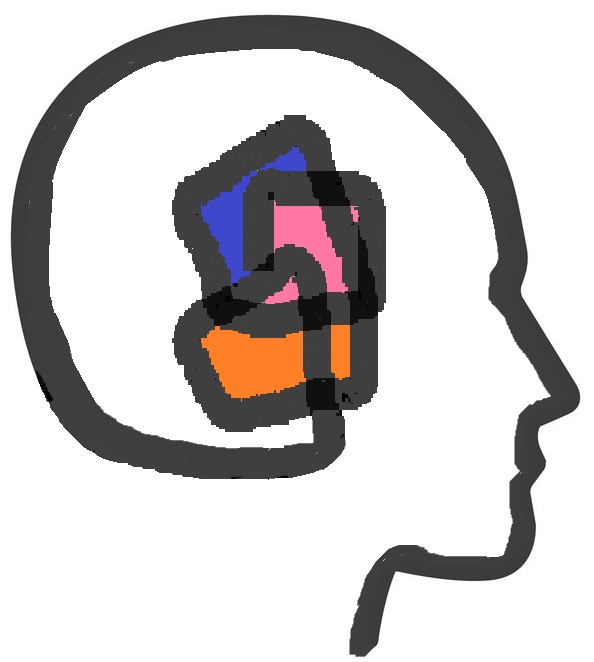
Vestibular Neuritis
Vestibular neuritis is a vestibular condition that develops when a viral infection (i.e.; influenza), or a bacterial infection (i.e.; ear infection) invades the inner ear and the vestibular nerve branch of the cranial nerve eight causing inflammation. When the patient is having an inflammatory response, they typically have variable degrees of vertigo, disequilibrium, imbalance, unsteady gait, nausea, and occasionally vomiting. When in the acute phase, usually the only way one can manage symptoms is by lying in bed and staying still. Once this acute stage is over, the patient no longer has vertigo symptoms, but they are left with a feeling of disequilibrium and a loss of proprioceptive awareness. Common complain reported by patients include unsteadiness with quick head movements, bending forwards and backwards, being in large crowds, and eye tracking.
Labyrinthitis
The vestibular disorder, labyrinthitis, may be a bacterial or viral inner ear infection that has attacked the entire labyrinth or the vestibulocochlear nerve (cranial nerve 8). A patient may show variable degrees of vertigo, disequilibrium, imbalance, nausea and perhaps vomiting (similar to vestibular neuritis), however they will also report hearing loss, muffled hearing, tinnitus (ear ringing) or changes in pitch. It is common for infections to affect both the hearing and balance centres, considering the whole inner ear is about the size of a dime.
Bacterial labyrinthitis, is when a bacterium invades the middle ear or the surrounding bony tissue of the inner ear, and it produces toxins that inflame the cochlea and the vestibular system. This is most often a result of a chronic, untreated middle ear infection that spreads to the inner ear. If left untreated, the bacterial infection can worsen, resulting in total hearing loss and vestibular dysfunction. Treatment for bacterial labyrinthitis consists of using antibiotics to address the bacterial infection, followed by vestibular rehabilitation therapy to treat the disequilibrium and balance issues.
Viral labyrinthitis occurs when a virus infects the labyrinth and/or vestibulocochlear nerve through the blood stream, supplying blood flow to the inner ear (Lindsay; 1967). Often systemic viral infections that affect the rest of the body (i.e.; influenza) are associated with viral labyrinthitis. The treatment of viral labyrinthitis is dependent on the body’s own autoimmune system to combat the viral infection (similar to the common flu). Antibiotics are reserved for bacterial infections. Unlike bacterial labyrinthitis, most viral labyrinthitis patients have a good prognosis.
Vestibular rehabilitation therapy can help overcome the dizziness and imbalance concerns through a series of habituation exercises. Although keeping the head still and lying down may provide some momentary relief of the unpleasant symptoms, it will also delay and prevent a full recovery. Patients are encouraged to keep moving, even though dizziness and imbalance signs and symptoms are provoked, because the vestibular system must exposed to the unpleasant stimulus to undergo adaptation.
- J. R. Lindsay(1967)Viral Labyrinthitis-Histopathologic Characteristics,Acta Oto-Laryngologica,63:2-3,138-143,DOI: 10.3109/00016486709128740
- Tarnutzer AA, Berkowitz AL, Robinson KA, Hsieh YH, Newman-Toker DE. Does my dizzy patient have a stroke? A systematic review of bedside diagnosis in acute vestibular syndrome. CMAJ. 2011;183(9):E571–E592. doi:10.1503/cmaj.100174